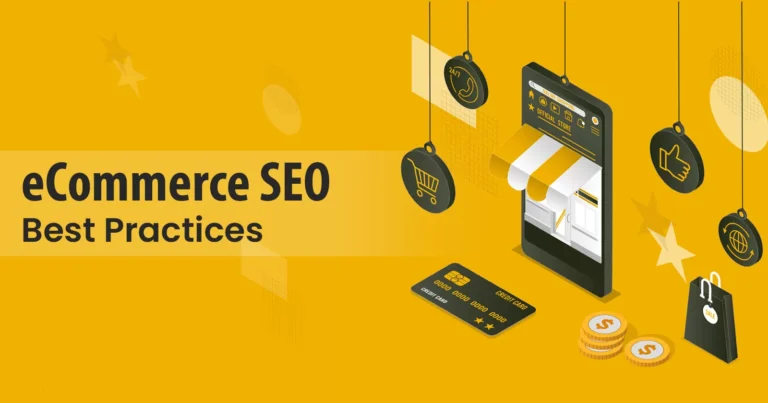A world where cash is a relic and credit cards are dinosaurs. A world where your phone is your wallet and your money travels faster than light across the globe, all thanks to digital wallets and blockchain. We’re not just imagining it—we’re living it. The evolution of payments has been a wild ride, and mobile and crypto have been the trailblazers. Let’s go back in time and see how we went from credit cards to converting ‘ETH to USD‘.
The Beginning of Digital Payments: From Plastic Cards to Online Banking
It all started with a piece of plastic. The credit card, introduced in the 50s, changed everything overnight. Suddenly people were no longer tied to physical cash. Buy now, pay later became the motto and people had never been freer. It was revolutionary but just the beginning of a financial revolution.
Fast forward to the 90s, when the internet started to penetrate every aspect of life. Online banking emerged and people were finally free from the shackles of traditional banking hours. Imagine making a transfer from your couch in your pyjamas. Although we take it for granted now, this was dizzyingly futuristic when it became reality. Yet the banks still held the keys and created bottlenecks, and international transactions felt like navigating a maze with your eyes closed.
Even with online banking, millions were still excluded from financial services, caught in a web of exchange rates, fees and regulatory hell. The call for a real revolution was getting louder.
The Mobile Payment Boom: Accessibility in Your Pocket
Enter the 2000s and the rise of the smartphone—the ultimate disruptors. Mobile payment systems like PayPal, Google Pay and Apple Pay emerged and transactions became as simple as a tap of your finger. No more fumbling with coins or swiping cards—just point, tap and go.
Mobile wallets brought convenience but also security and speed, encrypting financial data and keeping fraud at bay. Peer-to-peer (P2P) platforms like Venmo and Cash App became household names and money transfers became as simple as a wink and a smile. Want to split dinner? Just tap. But even with all this, global transactions were still stuck in red tape and high fees and needed a real revolution.
Cryptocurrency: The Game Changer We’ve Been Waiting For
Then came Bitcoin. Launched in 2009 it was like a financial phoenix rising from the ashes of the 2008 financial crisis, a new era of decentralised finance. Followed by Ethereum in 2015, cryptocurrencies started to operate independently of banks, powered by blockchain. Imagine sending funds to someone on the other side of the world in seconds—no banks, no middlemen, no hassle.
Ethereum didn’t stop at digital currency; it changed the concept of contracts with smart contracts and decentralised applications (DApps). Unlike Bitcoin which is primarily a store of value, Ethereum became a playground for developers, and innovation in finance, gaming and beyond.
But as more people started to use Ethereum as a payment method the importance of the ETH to USD conversion rate went through the roof. In this wild west of a landscape, knowing how much your Ethereum was worth in traditional currency was a daily necessity for traders and investors.
The Future: DeFi and CBDCs
So, what’s next? The world of digital payments is in its infancy. Decentralised finance (DeFi), a whole new ecosystem of financial services like lending, borrowing and trading without the need for traditional banks, is only going to gain more prominence. DeFi is a financial playground where anyone with an internet connection can join in—no gatekeepers, no barriers.
These digital versions of national currencies promise to combine the efficiency of cryptocurrency with the stability of fiat money. China and Sweden are already testing CBDCs, so cross-border transactions will get smoother than ever.
What’s Next for Digital Payments?
The future of digital payments is a rich tapestry of many technologies. We’re at the edge of a hybrid financial system where traditional and decentralised systems will coexist. Imagine buying with a touch of your fingerprint or a glance at your phone—biometric payments are coming and will bring enhanced security and a shopping experience that feels like sci-fi.
And let’s not forget AI and machine learning, which will change payment systems. From personalised shopping experiences to real-time fraud detection, AI will be the behind-the-scenes hand guiding the future of finance, while blockchain will be the transparency and security.
The journey of digital payments is only getting going. From credit cards to mobile wallets and the explosion of cryptocurrency, each step takes humanity closer to a world where money is borderless and for everyone.
As DeFi grows and CBDCs move from idea to reality the lines between traditional banking and digital currencies will continue to get blurred. Keeping an eye on important figures like the ETH to USD conversion rate will be key for those in the wild west of crypto.







